Snowshoeing, a winter alternative
Snow hiking!
Hiking, bushwalking, whatever you want to call it is all about getting outdoors in nature. While Australia doesn’t have the same sort of extreme winters as Europe and North America the Australian Alps are usually covered in snow. For many of us it means some of our favourite hiking destinations have gone to sleep and we need to look for other options. But why is that? Recently we tried snowshoeing to see if this ‘walking option’ provided an alternative to hibernation for accessing the alpine regions during the colder months.
What is snowshoeing?
Many of us are probably familiar with the cartoons or old movies that appear to show many olden day adventure enthusiasts walking through the snow with what look like tennis rackets strapped to their feet. While the construction of snowshoes has changed over the years, they still perform the same function and are essentially devices that strap to your feet providing a larger surface area than your shoe or boot. In doing so they spread your body weight over a much larger area which means you won’t sink into the snow.
In simple terms snowshoeing is just an extension of hiking except with snow involved.
Getting started
Both Gill and I have done some mountaineering in the past but this involved the use of crampons, basic ice climbing, glaciers and snow skills rather than snowshoes. So we decided that to get the best out of our experience we would go on an organised tour run by one of the alpine adventure stores (see details below). Going with a commercial operation usually means they provide all your gear as part of the package and will often have a range of equipment to try in case you are interested in purchasing at some stage.
Other good options are to go with experienced friends or clubs that can make sure you have a safe enjoyable experience.
Layering for comfort
In most cases the clothing and wet weather equipment you have for hiking will suit your needs for snowshoeing. What you don’t want is to get cold because so you need enough layers to keep you warm. You also don’t want to get hot and sweaty which can then make you cold as your clothing wets out. Take enough layers, including wet weather gear to keep you warm and dry for a range of conditions.

Layering for Comfort will keep you warm and dry
Eyecare
For those of you who have spent time in the snowfields you will know how blinding the sunlight can be on a sunny day as it bounces off the snow. Make sure you take a decent pair of sunglasses or snow googles particularly for those bright sunny days. Sunglasses designed for snow use will prevent light from directly reaching your eyes. Eye covering is also important to keep rain and snow out of your eyes.
Sunny days in the snow can also result in a burnt face so don’t forget to factor sun protection in.
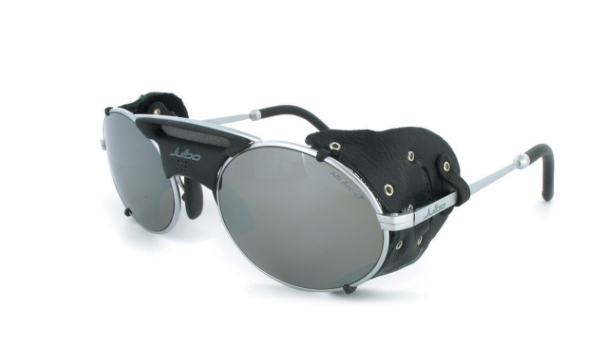
Specialised equipment
Initially the best option is to hire the right gear from one of the alpine outdoor stores. The two pieces of equipment we needed were:
- Trekking poles with decent ‘snow baskets’ on them. Ultralight trekking poles with minimal baskets aren’t really suitable. In our case we each own a set of poles suitable for snow
- The main thing to know about snowshoes is they are designed to suit a given weight of user (which includes the pack weight). In my case on this day I was a total weight of 111 kg (244 lbs) which included me, my pack and my clothing. Choose a pair of snowshoes that are too small and you will sink into the snow more than you should
There are a number of different styles and configurations of snow shoes that suit different conditions and if you decide this is something you really like and are going to be doing it on a regular basis then you may decide to purchase your own gear. If so, talk to an outdoor store that knows their stuff so they can help you make the right choice.
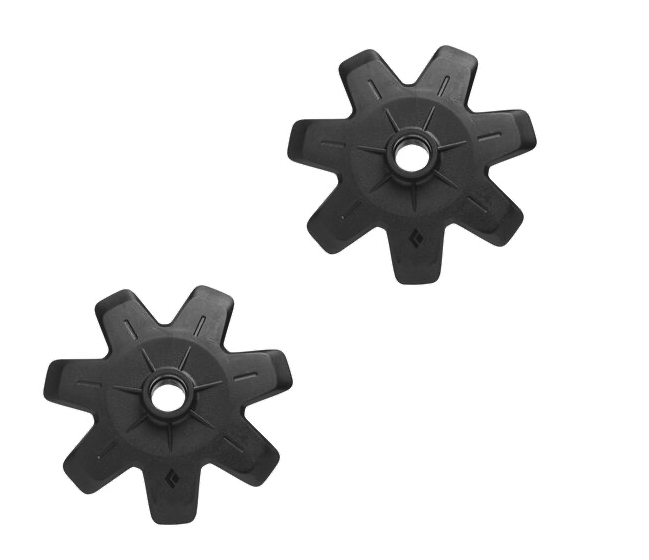
Trekking poles designed for snow use have large ‘baskets’ so the poles don’t sink into the snow. Each brand does things slightly differently but essentially they provide a larger surface area
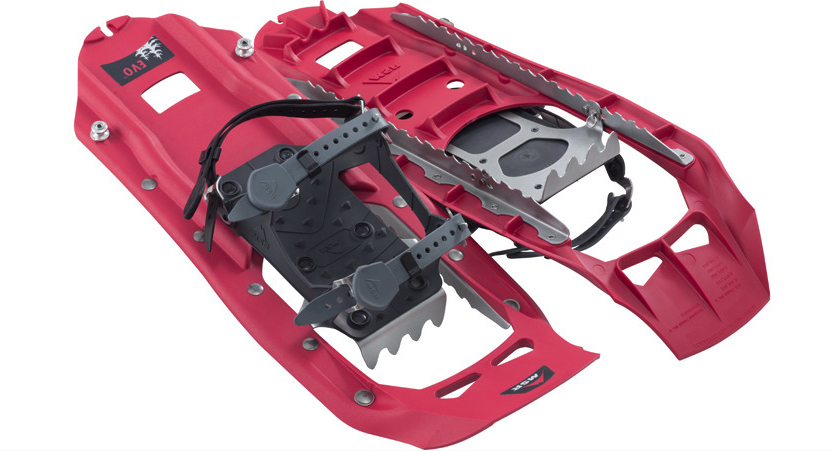
MSR Evo snow shoes
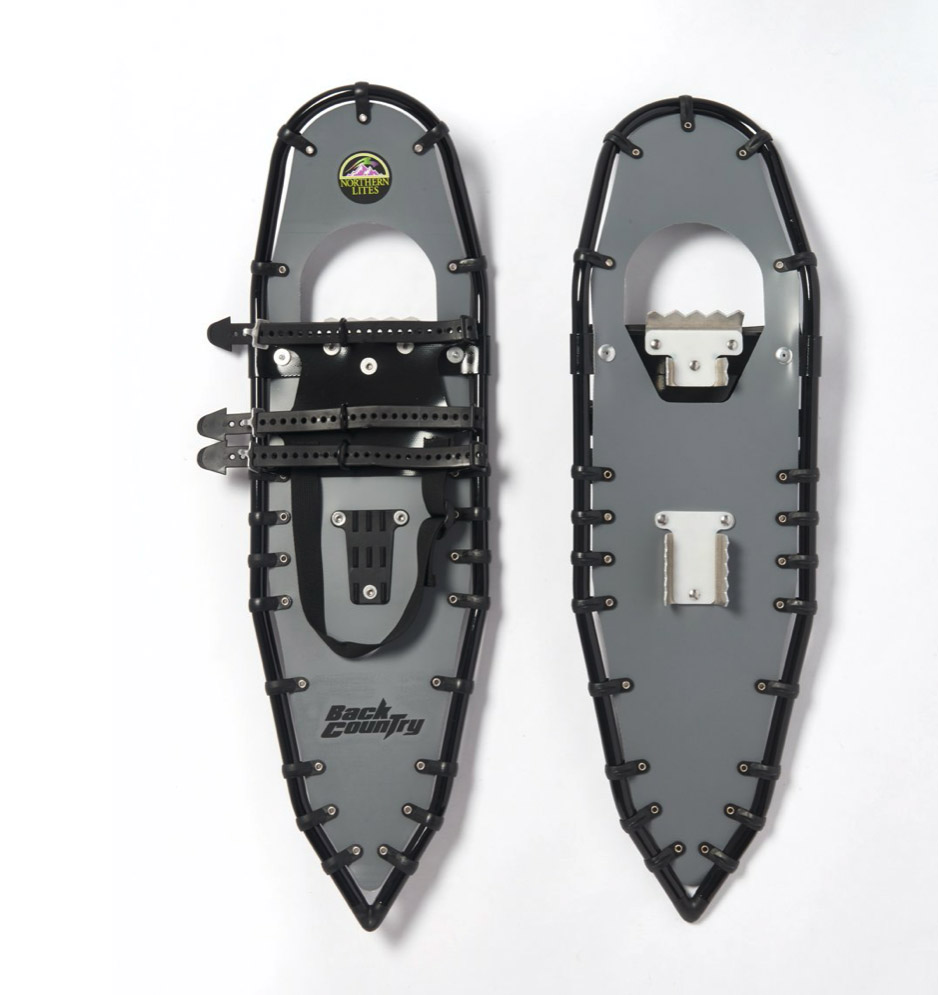
Northern Lights snow shoes
What's it like?
We really enjoyed the snowshoeing experience even though the weather was challenging. We had a small opportunity to appreciate how remote snow country can be. While we only walked 4 km from Perisher before returning, we were amazed at the beauty that a covering of fresh powdery snow can create.
Our guide Danielle was a great walking companion being both knowledgeable and thoughtful.
Our standard hiking gear served us well and with the exception of the snow shoes, we didn’t need anything special or additional to be comfortable. In fact despite the stormy weather, we stayed warm and dry right up to the end of the day and only started to get a bit cold and wet when we were packing up the car for the drive home!
The slightly wider gait contributed to our muscle soreness but with a bit more practice that aspect would fade away.
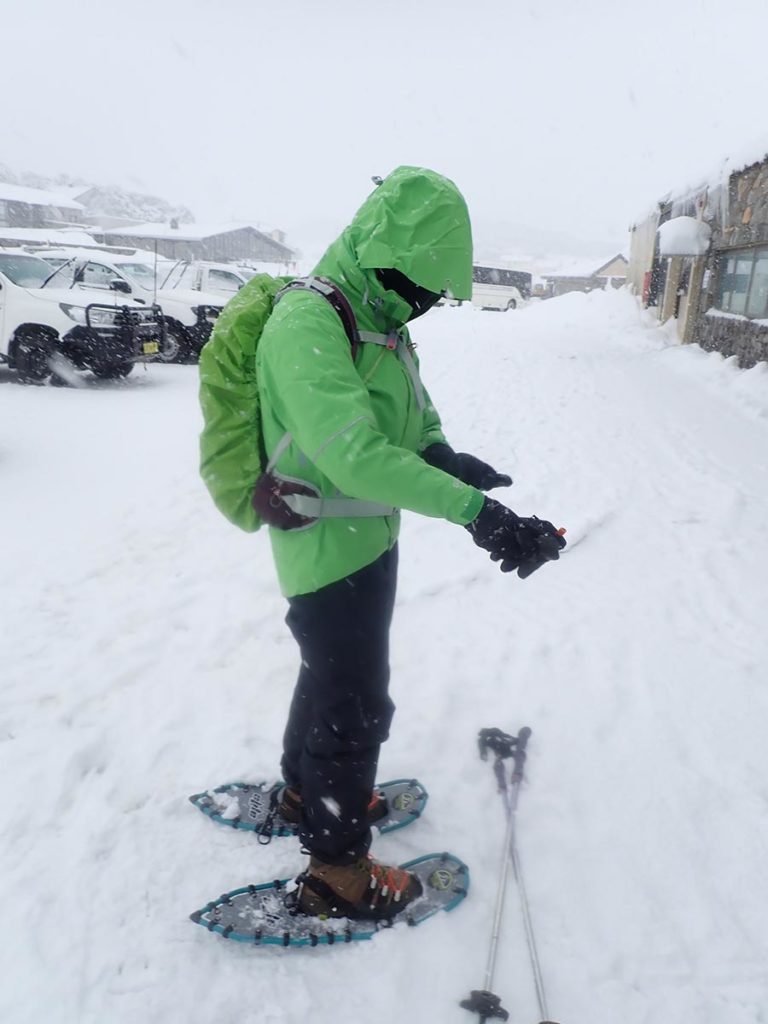
Getting ready for the day
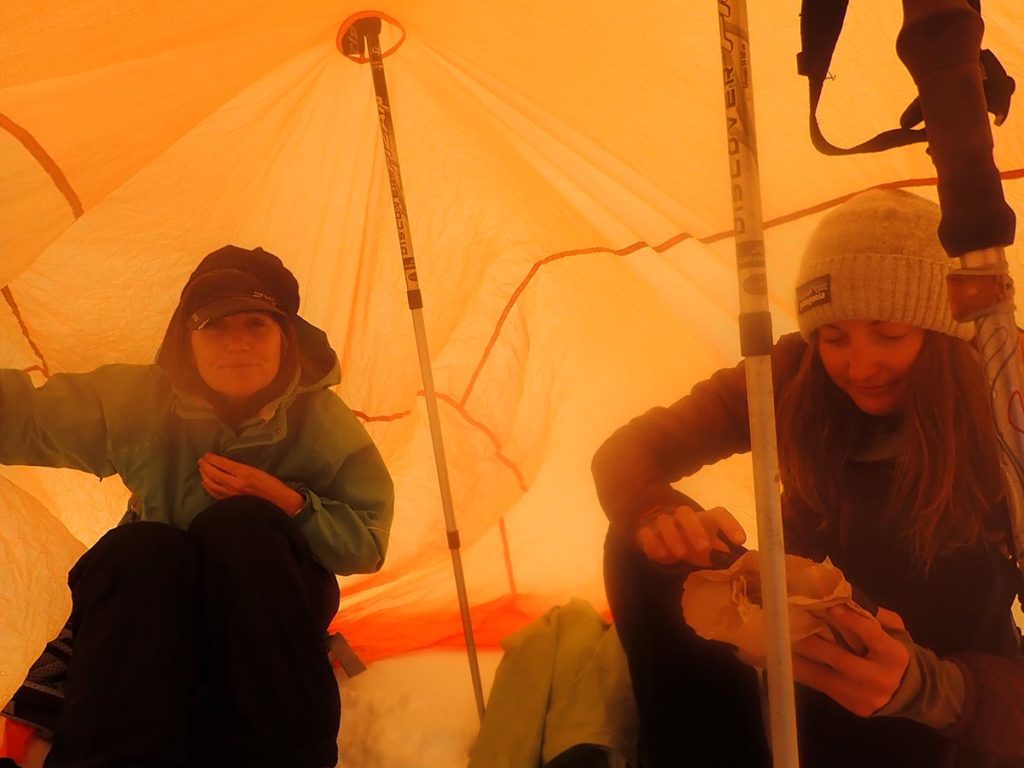
Things we learnt
- Snowshoeing is basically walking in the snow. Your legs are slightly wider than they would be normally because of the snowshoes but we found that walking both uphill and downhill was easy to navigate
- You will still sink into fresh powdery snow even with snowshoes but without them it would be so much harder
- Both Gill and I managed to fall over on our tour and in my case, twice. The thing I learnt was don’t walk in one direction and look in another (taking photos) as you will end up treading on your own snowshoes – the end result is you’ll fall over. This does teach you how to get back up which is a skill in itself
- Snowshoeing is a full body work out and you will use muscles you never knew you had. In my case I had an issue with Bursitis on my right knee last year contributed to because of weak inner thigh muscles – snowshoeing definitely activates these muscles along with every other one!
Last words
Snowshoeing really is hiking on snow and isn’t difficult to learn if you are staying close to the resorts. If you are planning on going remote over an extended period then this is when you need to learn some backcountry skills and invest in dedicated snow equipment such as a 4-season tent to ensure you stay safe.
While I can’t see myself going snowshoeing on a regular basis it is something I would like to do again and it has planted some seeds about a long distance thru hike using snowshoes!
A day in the snow
On this day we had rain, temperatures ranging from cool to cold and some heavy snowfalls. What we didn’t have was sunshine. But this was a great day and a great experience. It was also a physically demanding day as we worked muscles we weren’t used to!
Touring options
On the day we did our snowshoe tour we used alpine adventure store Wilderness Sports which are located in Jindabyne and have an outlet in Perisher which is where we did our tour. They offer a range of tours ranging from three hours to a full day including a tour that summits Kosciuszko. While they usually require three people as a minimum they will run trips for 1-2 people which cost a little bit more.
Instagram: @wildernesssports
Facebook: @OZwildernesssports
Please note that we have no affiliate relationship with Wilderness Sports and we paid for our snowshoeing day tour. They were recommended to us by some industry people and our experience on the day backed that up.